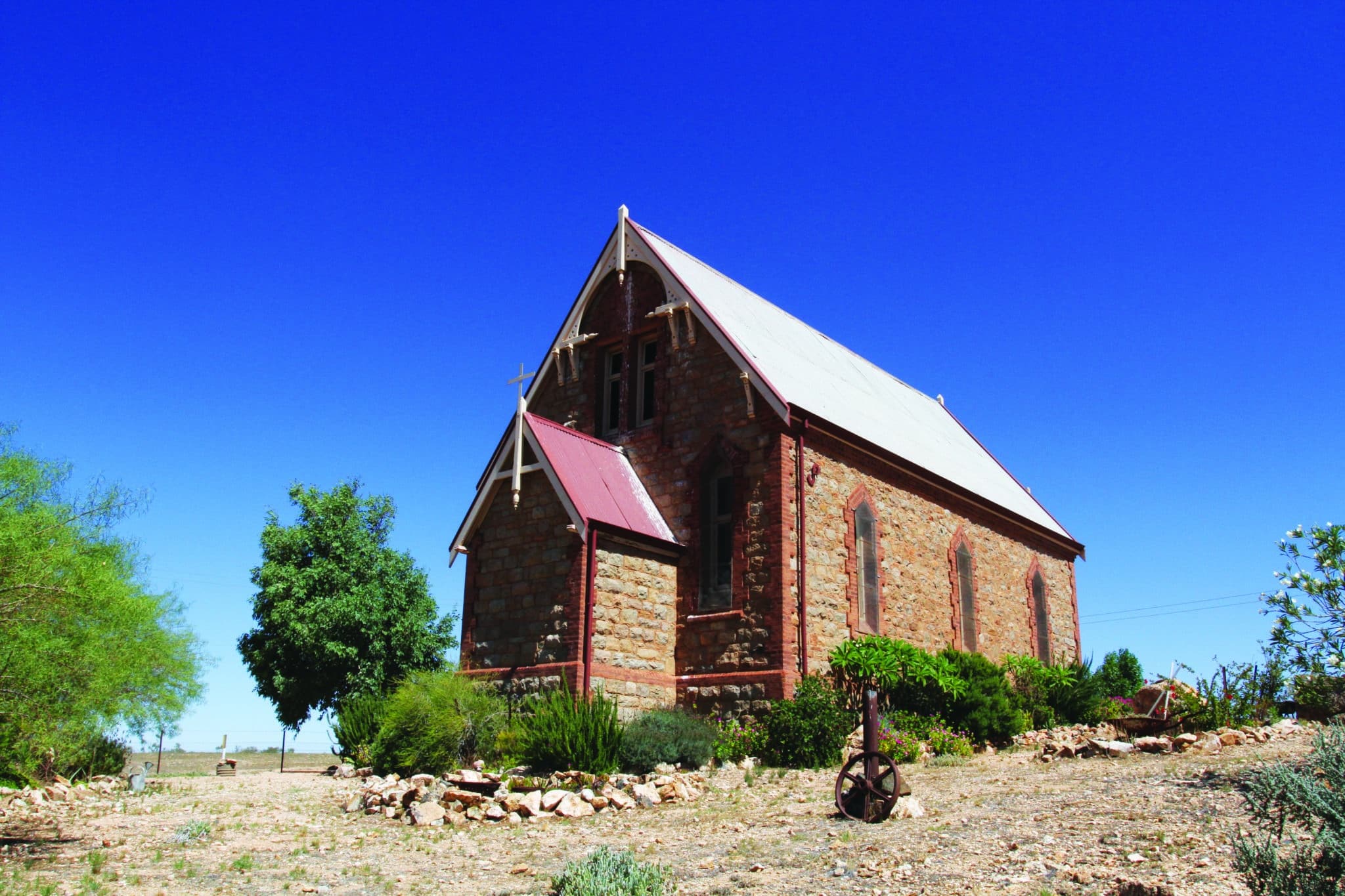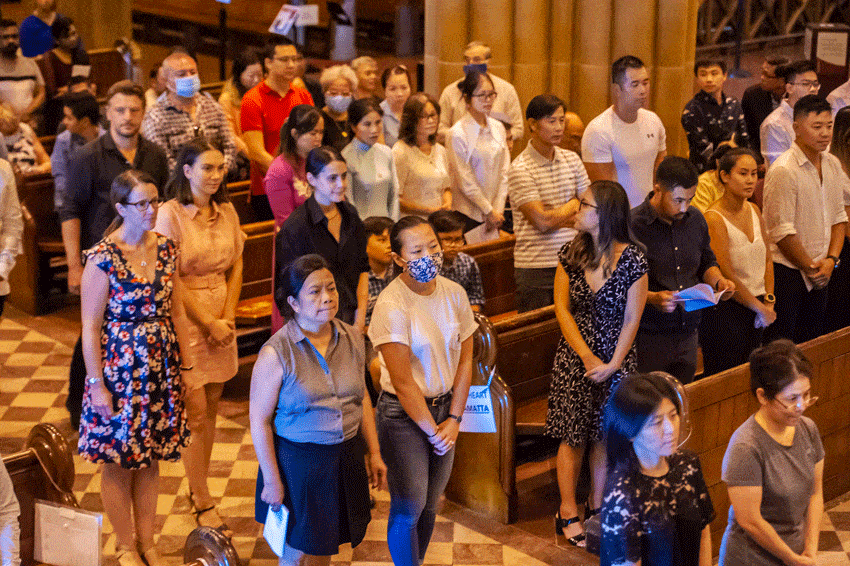
We need to start asking what motivates our church-goers
This is my final piece on the Australian Catholic Mass Attendance Report 2016, at least for now. I hope Dr Trudy Dantis used her Report to inform the draft of the Instrumentum Laboris for the Plenary Council.
I’ve accessed previous reports from the National Centre for Pastoral Research and am especially interested in how well – or otherwise – individual dioceses manage to retain Mass-goers, especially from 2006 to 2016.
There’s a good argument to be made for rationalising our dioceses based on their Mass-going population, rather than their total Catholic population.
This is because I suspect that our current diocesan structure is outdated and in need of an overhaul. We have only around half a million practising Catholics in Australia now, and they don’t live where they used to. The 2016 Report found some useful predictors of Mass-going, like city living and tertiary education. So, city dioceses with large Catholic populations should be able to retain more Catholics.
Certainly, Melbourne and Sydney lost a smaller percentage of Mass-going Catholics between 2006 and 2016. They are both very populous dioceses, urban, and with a high percentage of their Catholic population born overseas.
However, they still lost around 10 per cent of their Mass-goers over those ten years. Adelaide and Brisbane were the real surprises – big dioceses, but with higher losses of closer to 20 per cent of all Mass-goers.
So factors like urbanicity and big overseas-born Catholic populations might not be as protective as we hoped. Perth, which is urban but has far fewer people, increased its Mass-going population slightly.

Let’s look at the dioceses where the median age of Mass-goers is over 70 (this means that half of the Mass-goers there are aged 70 and over). There are five smaller dioceses like this, all in rural NSW – Armidale, Wilcannia-Forbes, Bathurst, Lismore, and Wagga.
Each lost around 2,000 Mass-going Catholics in the last 10 years, or around 200 a year – but the deaths of elderly Mass-goers would have played a major part in this decline. It also means that they’re likely to continue losing people as natural mortality takes over. These dioceses already have it tough because of the exodus of young people to the cities, and they often have tiny Catholic populations scattered over vast distances.
By contrast, the dioceses of Adelaide and Brisbane have much younger median ages – 57 and 63 respectively – so their high losses are more likely to be caused by other factors.
it would be really helpful to explore more closely why some dioceses are apparently haemorrhaging Mass-goers, and others aren’t.
I checked my other data, and it also doesn’t look like there’s much relationship between the ratio of priests to Mass-goers in each diocese and their loss or gain of Mass-going Catholics.
There’s a good argument to be made for rationalising our dioceses based on their Mass-going population, rather than their total Catholic population. Our rural and remote dioceses need to care for their mostly shrinking Catholic populations, and it’s harder for them to serve such large areas without more help.
But it would be really helpful to explore more closely why some dioceses are apparently haemorrhaging Mass-goers, and others aren’t. What would be even better is to start talking to the survivors and asking why our Mass-goers are still going to Mass.
Dr Philippa Martyr is a Perth-based historian, lecturer and researcher. She can be contacted at: [email protected]
Related:
- Philippa Martyr: Be clear on what the Pope said about women at Mass
- Philippa Martyr: Ditch the Cha-Cha and try a little chant
